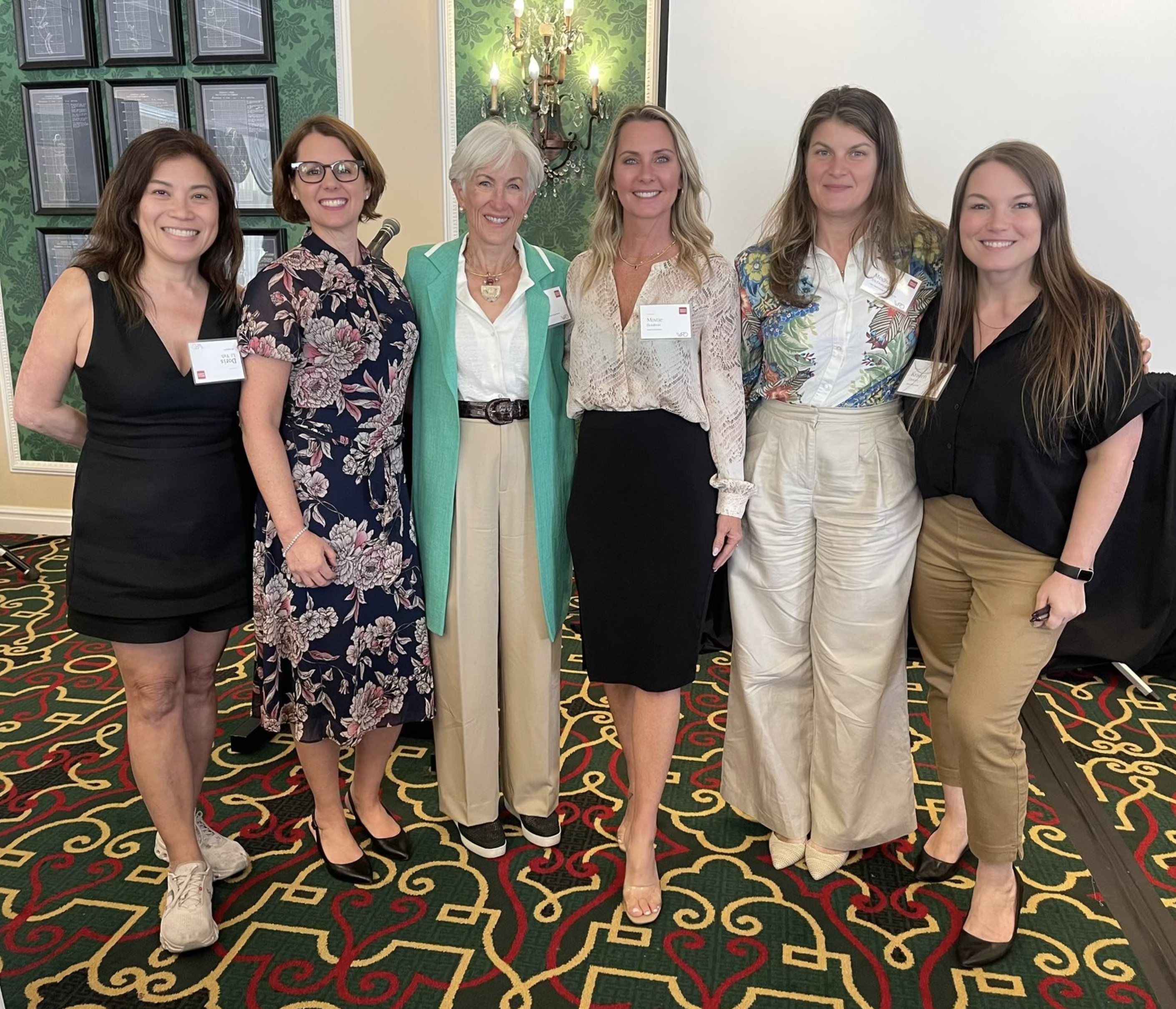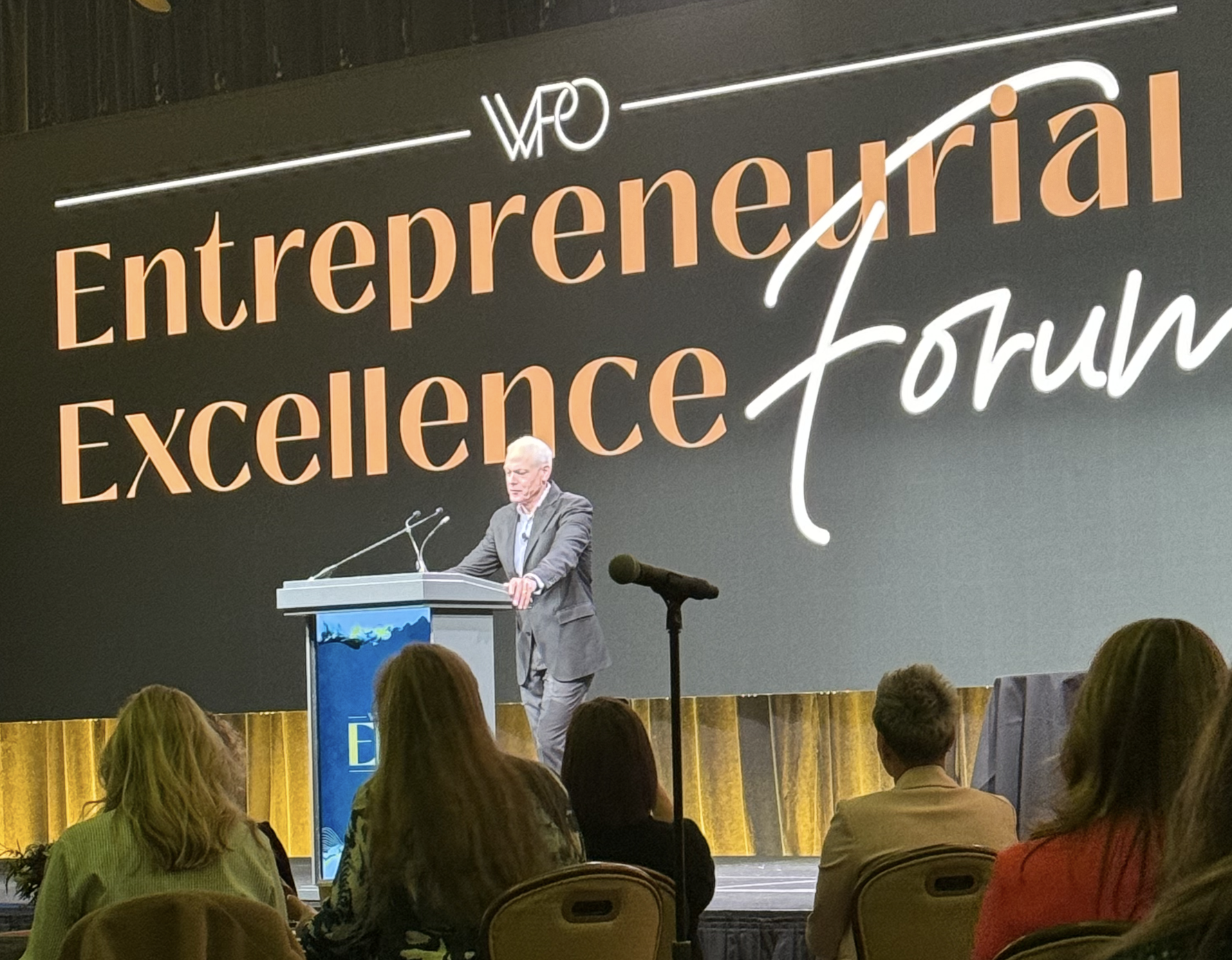I had the immense privilege of attending The 2024 WPO Entrepreneurial Excellence Forum in Mid-May. I met so many amazing women leaders and saw some really inspiring speakers. I wanted to share my learnings from two of them because their ideas tie back so perfectly to our May word of the month TEAM. My leadership philosophy has always been ‘happy employees make for happy guests’. Both of the speakers below really struck a cord with this idea for me and provided valuable insight on how to make a team happier in their roles which will help a business thrive.
Heidi Gardner
Heidi Gardner is an expert on smarter collaboration for teams and leadership. She is a faculty member at Harvard Law School and has taught at Harvard Business School. She spoke at the WPO on themes from her new book “Smarter Collaboration”, which explores practical strategies to find value within your team by gaining a more holistic understanding of each team member. Gardner argues that collaboration is at its best when diverse expertise and perspectives are used to problem solve and optimize.
Key ideas from her book include:
- Leveraging Diversity: Utilizing a wide range of skills, backgrounds, and viewpoints to enhance problem-solving and decision-making.
- Building Trust: Establishing trust among team members to foster open communication and cooperation.
- Effective Communication: Ensuring clear and efficient communication channels to facilitate the sharing of ideas and information.
- Aligning Goals: Aligning individual and team objectives with the organization’s overall goals to ensure cohesive efforts.
- Technology and Tools: Utilizing advanced tools and technologies to support collaboration and streamline processes.
- Leadership Support: Encouraging leaders to promote and support collaborative initiatives within their teams.
One main takeaway that I absolutely loved was the idea that leaders should make an effort to understand every team member’s goals and passions. She recommends sending out a company survey that asks in detail what your team thinks they can add to the company that they don’t currently do and how they’re feeling in their current role. This can help leaders connect the dots between their current team and their needs. It can also help identify who may be in the wrong role and if there is a more appropriate one. I recently sent out this survey to the Oren’s Hummus team and already I learned that one of my servers has a great passion for photography. We’ve been in need of an in-house photographer to help build social media content and so now she shooting photography, is very happy, and so are we! I highly recommend this book and testing out Gardner’s actionable strategies.

Jim Collins
Jim Collins is a prominent American business consultant, author, and lecturer known for his extensive research on business management and company sustainability. He gained widespread recognition for his best-selling books, including “Good to Great,” which explores why some companies make the leap to superior performance while others do not. Collins’ work is characterized by rigorous analysis and the identification of key principles that drive long-term success. He has a background in business education, having taught at the Stanford Graduate School of Business, and he continues to influence the business world through his writings and advisory roles.
In “Good to Great,” Jim Collins identifies the critical factors that enable companies to achieve exceptional performance. He emphasizes the importance of “Level 5 Leadership,” characterized by a blend of humility and strong resolve. Success begins with assembling the right team before determining the company’s direction, a concept he calls “First Who, Then What.” Great companies face difficult truths head-on while maintaining faith in their success. They focus on their unique strengths, passion, and economic drivers, referred to as the “Hedgehog Concept.” A culture of discipline is essential, integrating disciplined people, thought, and action. Technology serves as an accelerator rather than the primary driver of growth. Finally, the “Flywheel Effect” illustrates how consistent and focused efforts compound to create sustained momentum and success.
I loved his talk and especially connected with his metaphor of a company as a school bus, where you can keep the same people on the bus but they may be better suited to different seats than they are currently in. It is our job as leaders to figure out the perfect people for each seat, most importantly the driver’s seat.








